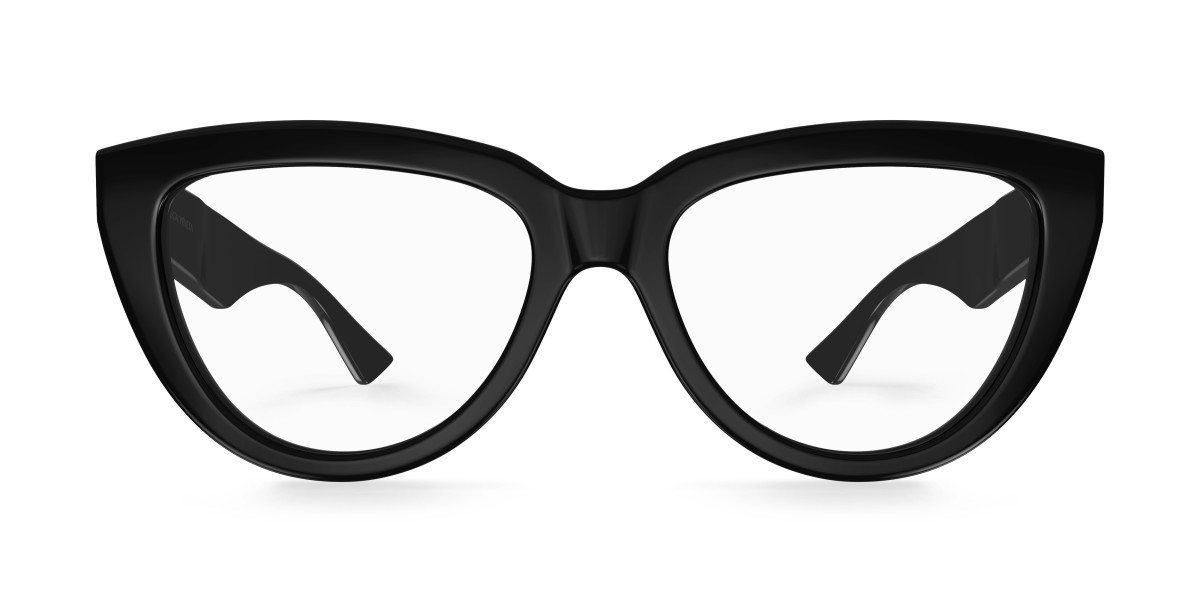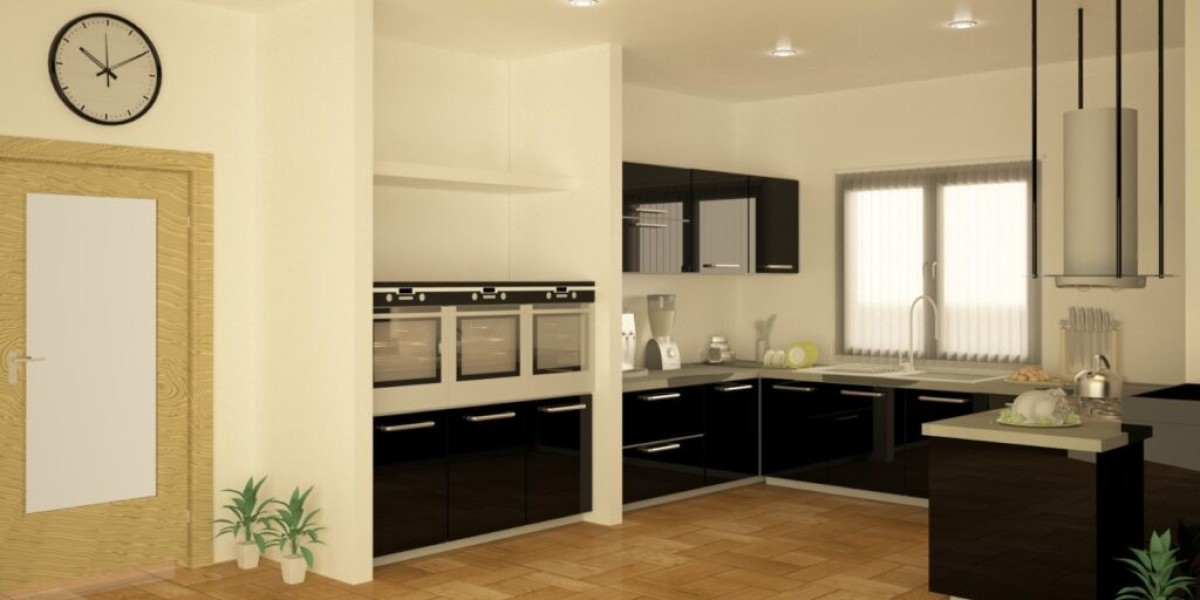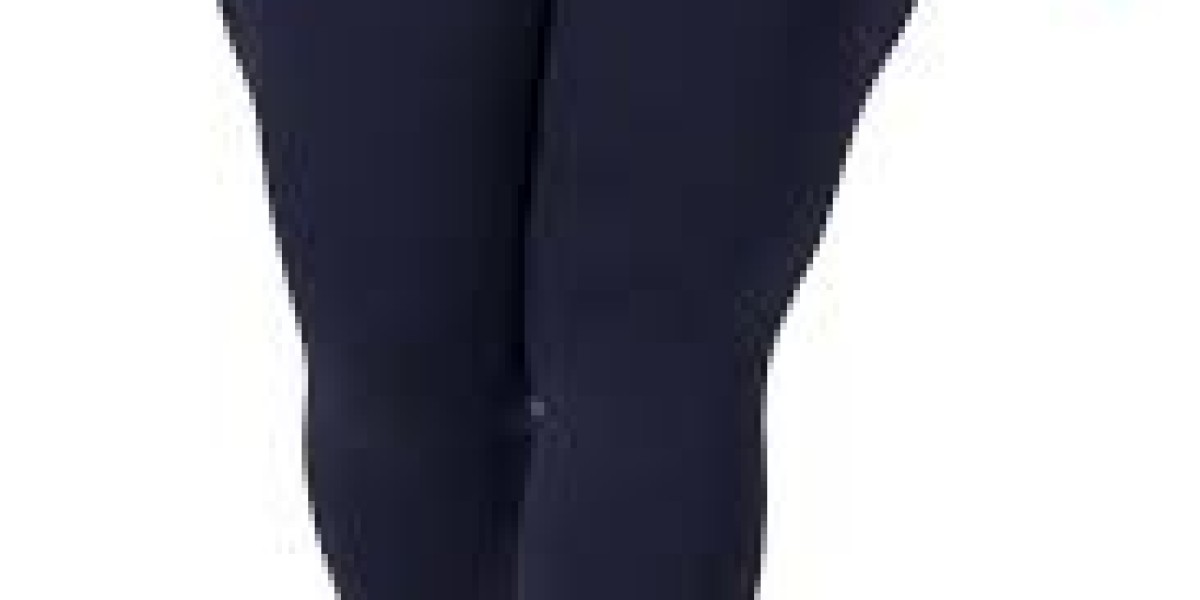The choice of childrens eyeglasses needs to consider a number of factors, including frame material, size, nose and leg design, lens type, etc., to ensure that it is consistent with the child's activity characteristics and can provide clear vision correction. The following is a detailed analysis of children's eyewear selection:
Frame material. Choose materials that are safe, lightweight, soft and non-allergenic, such as TR90, silicone or titanium. Avoid metal materials, which can be heavy and not suitable for children's lively characteristics.
Frame size and design. The ideal frame height is about 30mm to 40mm, and the leg length should be between 130mm and 150mm. Choose a leg with ear hooks to better hold the glasses in place. For children with a low nose bridge, choose an adjustable frame or a one-piece silicone nose pad for increased comfort.
Lens selection. It is recommended to choose lightweight and wear-resistant lenses, and children can consider special peripheral defocusing lenses to control myopia growth, but such lenses need to be worn all day to work. It is important to note that children do not necessarily need special anti-blue lenses.
The face shape matches. Choose the right frame shape for your child's face, for example, square or rectangular frames for a child with a round face, and round or oval frames for a child with a long face.
Children's preferences. Respect your child's aesthetic and involve them in the selection process to increase their enthusiasm and confidence in wearing glasses.
The optician procedure. Ensure that the optometry process is standardized, including computer optometry, mydriatic optometry, comprehensive optometry and pupil distance measurement steps, to ensure that the optical center of the lens is aligned with the child's pupil to avoid vision problems.
In short, the choice of children's glasses should be based on the child's comfort, activity, face shape, preferences and vision needs.
It can be selected from two aspects: material and thickness. The glasses on the market are mainly glass, resin, PC three kinds of materials, the effect is enhanced in turn, glass is generally the main material of reading glasses, most short-sighted people wear glasses of resin material, PC material is lighter, anti-ultraviolet. Thickness has little effect on function, and thin glasses cost more.
Action suggestion
1, it is recommended to go to a regular hospital with glasses, according to the children's myopia situation to choose.
2, glasses should pay attention to maintenance, do not fall, often wipe, extend the service life.



